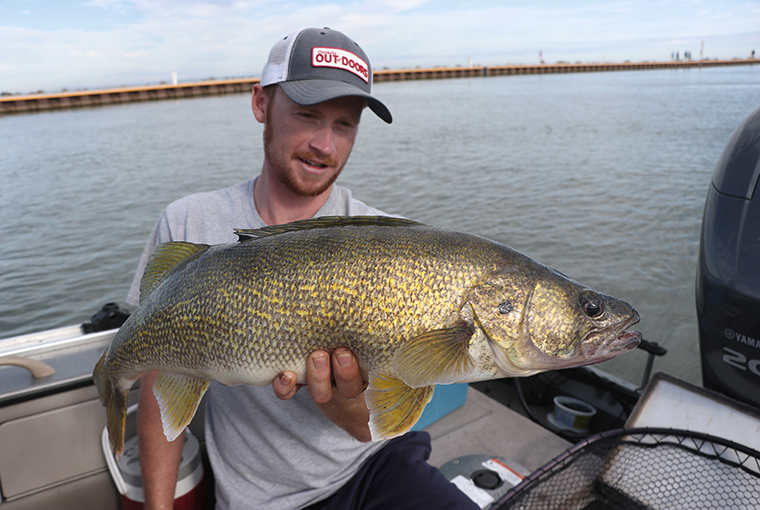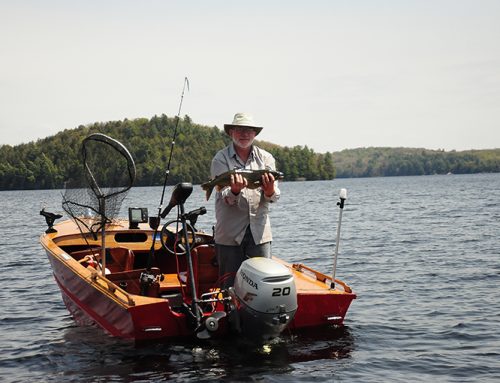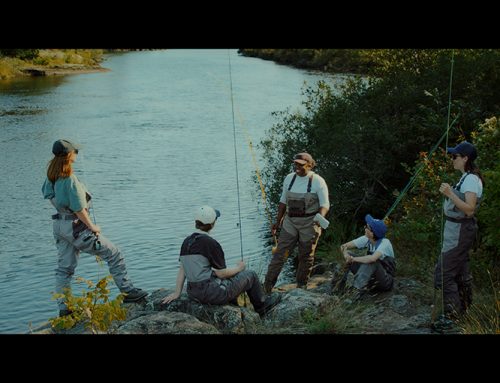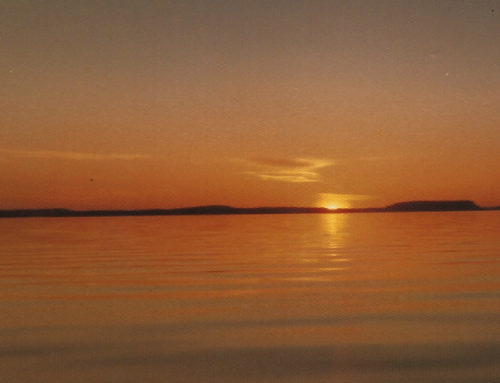
Great Lakes walleye angling opportunities continue to expand. Thanks to studies conducted by Ministry of Natural Resources (MNR) Management Units, we learn more about walleye movements and behaviour every year. Here’s a rundown of what anglers can expect.
Lake Huron
“Lake Huron walleye populations are a study of contrasts. There are examples of incredible population expansion together with long-term declines,” Upper Great Lakes Management Unit (UGLMU) Management Biologist Arunas Liskauskas said. “In US waters of the main basin, Saginaw Bay walleye have experienced a substantial recovery. In contrast, walleye populations in Ontario waters have not experienced substantial increases in abundance over the last two decades.”
The likely contributing factors include a historical legacy of altering spawning habitat, overfishing, water quality declines, and food web changes, he said. The growth of walleye populations has been minimal outside of exceptions like the Spanish River in the North Channel and the Shawanaga River in Georgian Bay. The southern main basin of Lake Huron should increase in popularity due to the walleye population expansion created by the Saginaw Bay fishery, Liskauskas added.
Dean Lapham, who operates Redwood Sportfishing on the St. Marys River in Sault Ste. Marie, enjoyed a strong year, with consistent walleye action. Moe Gauthier of Manitoulin Sport Fishing Charters on Manitoulin Island had good catches in the fall in the North Channel, including several walleye that exceeded 10 pounds.
The UGLMU has developed a walleye management plan for the Ontario waters of Lake Huron. Reduction of high mortality rates, improving spawning habitat quality, and reviewing rehabilitation stocking will be considered.
Lake Superior
Lake Superior does not have as much walleye habitat as Lake Huron, but there are specific areas with historical populations.
“Since the early 2000s, walleye abundance has increased significantly in Black Bay and in recent years walleye in Nipigon Bay have also shown recovery,” UGLMU Management Biologist Kyle Rogers.
Last fall, an acoustic telemetry array was deployed in Nipigon Bay to track 20 tagged walleye. A fisheries management plan (FMP) is being developed for Black Bay which will help guide responsible management of fisheries resources and help adapt to changing conditions.
Lake Ontario
The Bay of Quinte/eastern Lake Ontario walleye population is the largest in comparison to smaller near-shore populations and the St. Lawrence River.
“After population declines in Lake Ontario in the 1990s due to the invasion of zebra mussels (reducing nutrients and productivity) the population has remained stable,” Lake Ontario Management Unit (LOMU) Assessment Biologist Sarah Beech said. “The LOMU monitors different life stages of walleye on an annual basis. There has been a slight increase in adult walleye in the past 10 years; juvenile recruitment trends are variable from year to year but stable overall.”
“Meanwhile, the St. Lawrence River and Lake St. Francis have shown long-term stability,” Lead Management Biologist Colin Lake said.
Hamilton and Toronto waterfronts
Hamilton and Toronto harbours were stocked starting in 2012 as part of a restoration effort. These areas have been stocked in alternate years with a target of 100,000 summer fingerlings. Bay of Quinte was the source of eggs. Few areas along the shoreline of Lake Ontario can sustain walleye. Alewife, the primary forage, draw walleye into the open water from June to November. Mature walleye overwinter in the Bay of Quinte, spawn, and return to Lake Ontario.
An open-water angler survey (creel) is conducted periodically in the Bay of Quinte. The most recent one in 2023 shows that angler effort has been stable over the last 20 years. Catch ratios for anglers in May/June of 2023 were above average.
Scott Walcott, owner of Bay of Quinte Charters and a top guide, had a great year for walleye. “In the spring on Quinte, we had good weather, good numbers, and consistent action for two- to five-pound fish. September into early October was also productive, but our late-fall fishing for big walleye was a bit inconsistent due to smaller schools and sporadic migration,” he said.
Lake Erie
Lake Erie is recognized as one of the premier walleye fishing destinations in North America and the future remains promising.
“Walleye populations in Lake Erie remain strong, with an estimated walleye population of approximately 94 million, age two and older fish in 2023,” Lake Erie Management Unit Lead Management Biologist Richard Drouin said. “The high abundance of walleye in 2023 is primarily driven by a large 2021-year class. The high number of walleye in 2023 continues a multi-year streak stemming from several years of strong reproduction in the population.”
Lake Erie offers environmental conditions in much of the lake that are essential for walleye, including enough phosphorus to support lower food web production, adequate transparency, and a water temperature range that supports growth.
Walleye spawn off reefs around islands in the western basin of Lake Erie and in major rivers and tributaries like the Detroit and Thames rivers. Post spawn, fish tend to move eastward.
Early season action starts in the Detroit River in April and as the walleye migrate, the Colchester area produces during May. In June, walleye schools usually stage off Leamington for four to eight weeks before moving to the central basin in the Erieau to Long Point area. Some years, walleye will continue their migration into the eastern basin in August.
In offshore areas, walleye are usually targeted using boards with leadcore, Dipsy Divers, and downriggers.
“The end of summer 2023 produced good offshore walleye numbers in the three- to five-pound range. This helped take some pressure off local fish,” said Shane Thombs of FINtastic Sportfishing. He runs charters out of Port Maitland.
Lake Superior
Inshore: yellow perch
Offshore: rainbow smelt
Lake Huron
South main basin: rainbow smelt, round goby, yellow perch
Main basin: mainly round goby, some smelt
North Channel: mainly smelt, some perch and goby
Georgian Bay: rainbow smelt, round goby, alewife and yellow perch
Lake Ontario
Main basin: alewife
Lake Erie
West and west-central basin: gizzard shad
East and east-central basin: rainbow smelt
Originally published in the Spring 2024 issue of Ontario OUT of DOORS
Click here for more outdoors news






Leave A Comment